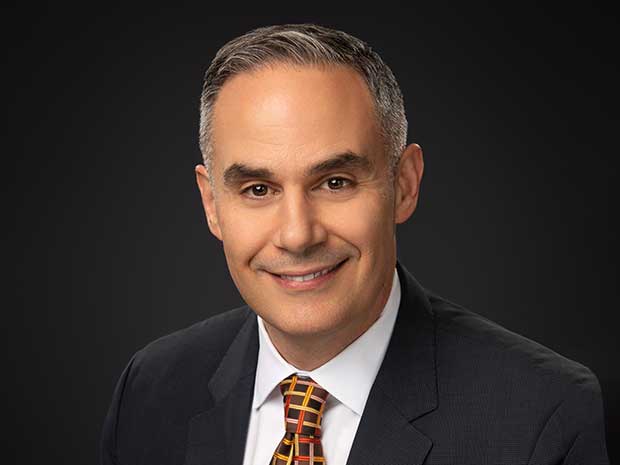The new reality requires health care organizations to be digitally connected, efficient and consumer-centric.
Key takeaways
Health care organizations must integrate the right technologies to address demand and growth.
Partnerships and collaborations are paramount to accelerating progress.
Health care has changed dramatically in the last several years. This new reality was a major topic of discussion at RSM’s third annual Virtual Health Care Day during the event’s keynote panel discussion featuring two eminent figures in the industry: Dennis Dahlen, Chief Financial Officer of the Mayo Clinic, and Pat Keel, Chief Financial Officer/Chief Administration Officer of St. Jude Children's Research Hospital. The panel was facilitated by Carlos Hernandez, RSM’s national health care industry leader.
A reality shift
The pandemic shifted our perspective on what effective work looks like. Panelists discussed that health care organizations, including traditionally brick-and-mortar health care services, have shifted to on-site, remote and hybrid work models to meet patient needs while creating efficiencies for health care professionals and patients alike.
Working remotely has changed how health care works and has given institutions access to new and different talent across the country. While access to new talent is transforming how health care organizations recruit and retain employees, it is also critical that they spend time and resources to ensure that employees feel connected to each other and a common mission. As the industry prepares for continued growth, meeting talented individuals where they live and in what capacity they will thrive will lead to better outcomes, happier employees and a more balanced workforce.
And as more people work and receive health care remotely, the industry has to adapt and better leverage technology. A few areas where digitizing health care can be successful include virtual care, digital or remote monitoring of procedures, and artificial intelligence charting and data evaluations. In addition, to minimize risk, especially given geopolitical situations, supply chains need to be shortened to ensure health care providers have access to the supplies and technologies they need when they need them.

This new reality requires health care organizations to be digitally connected, efficient and consumer-centric. Health care organizations must harness rapid change to build a model of the future, all while sustaining and improving financial and operational performance today. It’s critical for health care providers to understand and navigate this new reality to grow and provide quality care.
Preparing for future success
The demand for health care continues to grow, but health care organizations need to consider taking the time to integrate the right technologies to adapt to current market dynamics before they start building new brick-and-mortar sites.
Panelists reinforced that it is crucial for middle market health care companies to lessen their dependence on labor; they should automate processes from the front office to the back office. Sites and facilities need to support both virtual and in-person care in order to achieve positive patient outcomes with limited staff and constrained resources.
Partnerships and collaborations are paramount to accelerating progress, especially with the current limitations in the industry. Working with third parties allows health care institutions to partner together, access world-renowned talent and advance science. Cure rates are higher in the U.S. than in other regions, especially less developed countries; this is due to a number of factors including access to medications, expert health care professionals, equipment and technology, and frequent monitoring. Another benefit of collaboration involves being able to teach health care professionals in other countries how to better care for their patients.
Facing economic headwinds
To address the economic front, RSM’s Chief Economist Joe Brusuelas spoke during the event’s opening keynote about rising interest rates and the significant impact they have had on how middle market companies make decisions. Despite widespread concerns about a recession, the U.S. economy has remained resilient. Macro trends for middle market companies to consider include:
- The labor market remains tight with income and wages rising.
- Inflation has come down significantly.
- Prices of goods and services will remain higher permanently.
- Artificial intelligence continues to address labor challenges.
Health care companies are struggling to recruit and keep talent due to wage pressures and, unlike in other industries, reimbursement models don’t allow for increased costs to be passed along to patients. Companies are exploring in-home care and digitization, but staffing shortages and concerns about depersonalizing health care are leading to slower progress than in other sectors.
Learn more about what was shared at the Virtual Health Care Day. Get more insights and resources.

